Please note: As we continue to learn more about COVID-19, the information in this article may change. You can find our most up-to-date information about coronavirus here.
Summer is getting into full swing and many of us are itching to resume normal summertime activities, like swimming, camping and going to the beach. But how safe is it to do these things when the number of coronavirus (COVID-19) cases in the United States is still on the rise?
Unfortunately, there is no simple yes or no answer. All summer activities have risk, so you need to think about the potential risks to your family and what you can do to minimize them. Ask yourself these three questions to help figure out how safe an activity is:
- How many people are going to be at this activity?
- Can I social distance at the activity?
- Is my child able to social distance at the activity?
Some general tips for all activities include:
- Learn the local and state rules for summer activities that are open and available.
- Plan ahead by reaching out to local organizations that operate common summer resources (parks and recreation).
- Maintain social distancing and wear a mask and refrain from doing outdoor activities if anyone is ill.
- Consider the health risks to your children and the vulnerabilities of your household contacts.
- Try doing activities either early in the morning or late in the afternoon when fewer people are likely to be around.
To help you make decisions about specific activities, we’ve compiled some advice below.
Swimming in pools and the ocean
According to the Centers for Disease Control (CDC), COVID-19 “cannot spread to humans through most recreational water.” However, the splashing and spewing that comes hand-in-hand with most swimming could present a problem because COVID-19 spreads through respiratory droplets.
If aquatic activities are on your agenda this summer, be sure to maintain adequate social distancing, wear a mask when you’re not in the water and refrain from visiting oceans and pools that are overcrowded. Try to swim in backyard pools with small groups of friends or family rather large community pools. Sprinklers and splash parks are another good option.
Playing outside with friends
If you decide to let your child play outside with friends, try to do the following:
- Limit the number of children who are playing together – one-on-one playdates have the lowest risk.
- Have the kids do an activity where they move around, like biking or hiking.
- Make sure the children wear masks.
- Have your child wash his or her hands when they come inside.
- Talk to the friend’s parents beforehand to make sure that everyone is on the same page with safety measures. If anyone is at risk for contracting the virus, consider rescheduling or having a virtual playdate instead.
Going to summer camp
Your local regulations will determine if summer camps in your area are open. Things will definitely be different from last summer, so be sure to familiarize yourself with the precautions that summer camps are putting in place to keep kids and camp staff safe.
To help you with your comfort level, you may want to ask the following questions:
- What screening protocols are in place for campers and staff (temperature monitoring and daily screening questions)?
- What are the face covering requirements?
- What kinds of hand hygiene supplies will be available?
- How many children will be enrolled?
- How will shared spaces be cleaned or disinfected?
- What sort of ventilation will be in place?
- Will activities be outdoors or indoors?
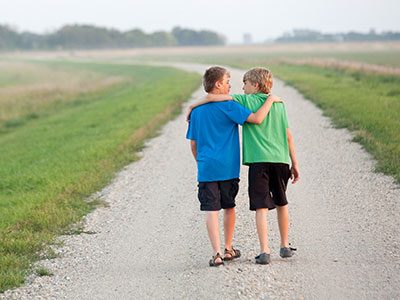 https://riseandshine.childrensnational.org/wp-content/uploads/2025/11/two-friends-feature.jpg
300
400
Danielle Robbins
https://riseandshine.childrensnational.org/wp-content/uploads/2017/11/childrens_riseandshine_logo.jpg
Danielle Robbins2025-11-13 13:55:082025-11-14 10:17:49Navigating friendships when your child has epilepsy
https://riseandshine.childrensnational.org/wp-content/uploads/2025/11/two-friends-feature.jpg
300
400
Danielle Robbins
https://riseandshine.childrensnational.org/wp-content/uploads/2017/11/childrens_riseandshine_logo.jpg
Danielle Robbins2025-11-13 13:55:082025-11-14 10:17:49Navigating friendships when your child has epilepsy




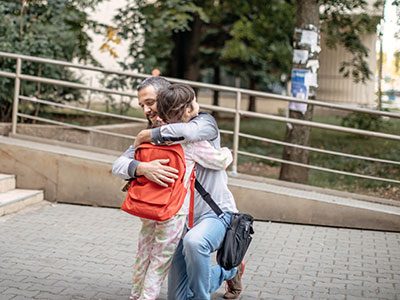
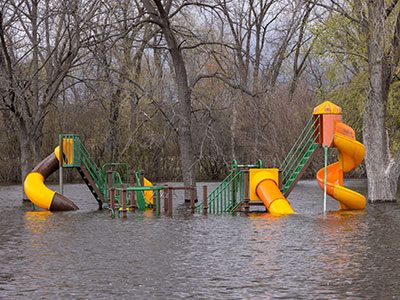

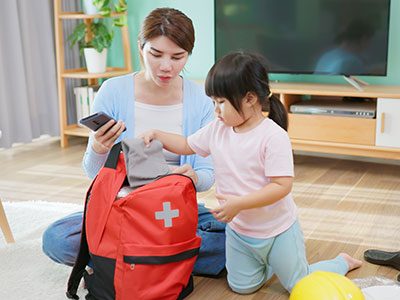
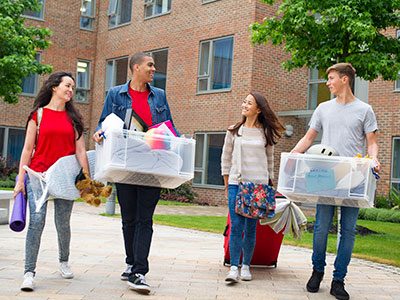


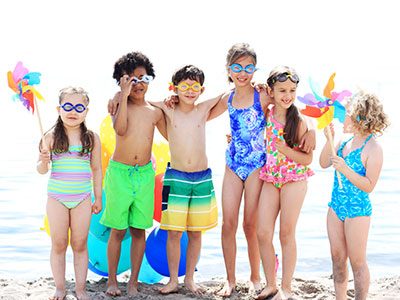
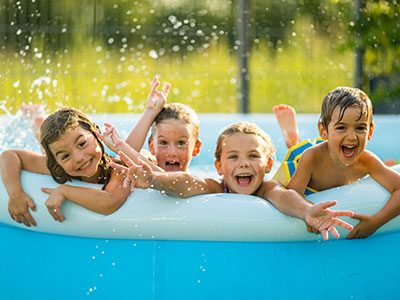
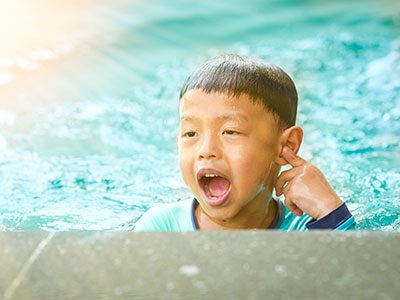
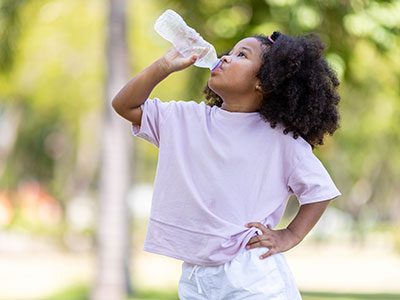
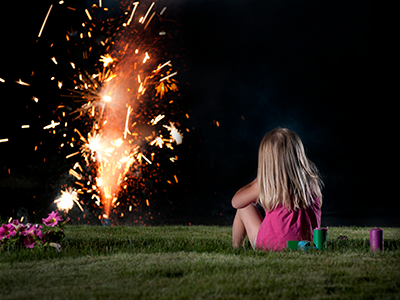
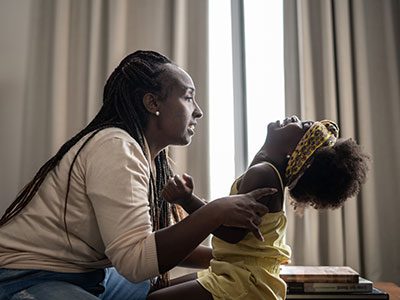

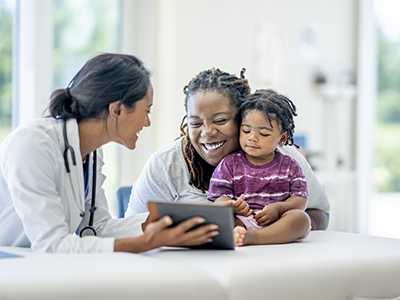
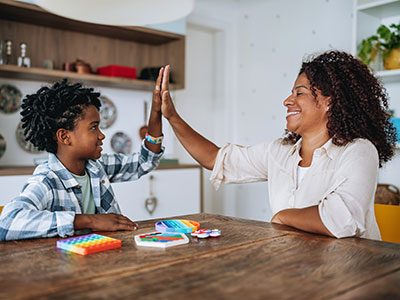
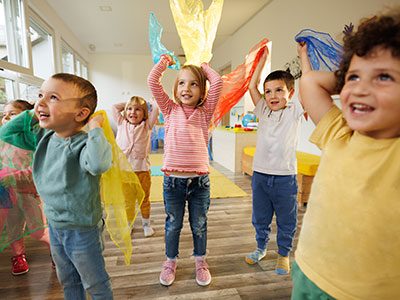
Leave a Comment
Want to join the discussion?Feel free to contribute!